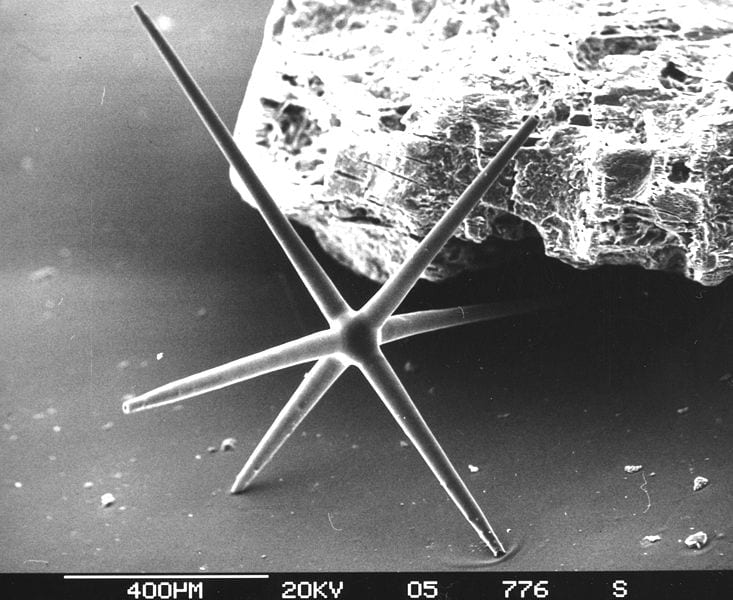The spicules of sponges are rigid structural materials due to their mineralized composition.
“There are yet other rigid materials, what Wainwright et al. (1976) refer to as ‘stony materials’ and Vincent (1990) calls ‘biological ceramics.’ These are distinguished by being very heavily mineralized, with more mineral (some inorganic salt) than organic matter. Some are tiny, such as the spicules of even very large sponges–made mainly of either calcium carbonate or silica (roughly, glass). Others occur in massive pieces, such as the skeletons of the stony corals and the shells of most mollusks, both made of calcium carbonate with a small amount of organic matter…On the general matter of what occurs where and how it’s put together, Brown (1975) remains a useful source.” (Vogel 2003:305)
Vogel S. Comparative Biomechanics: Life’s Physical World. Princeton: Princeton University Press; 2003. 580 p.








